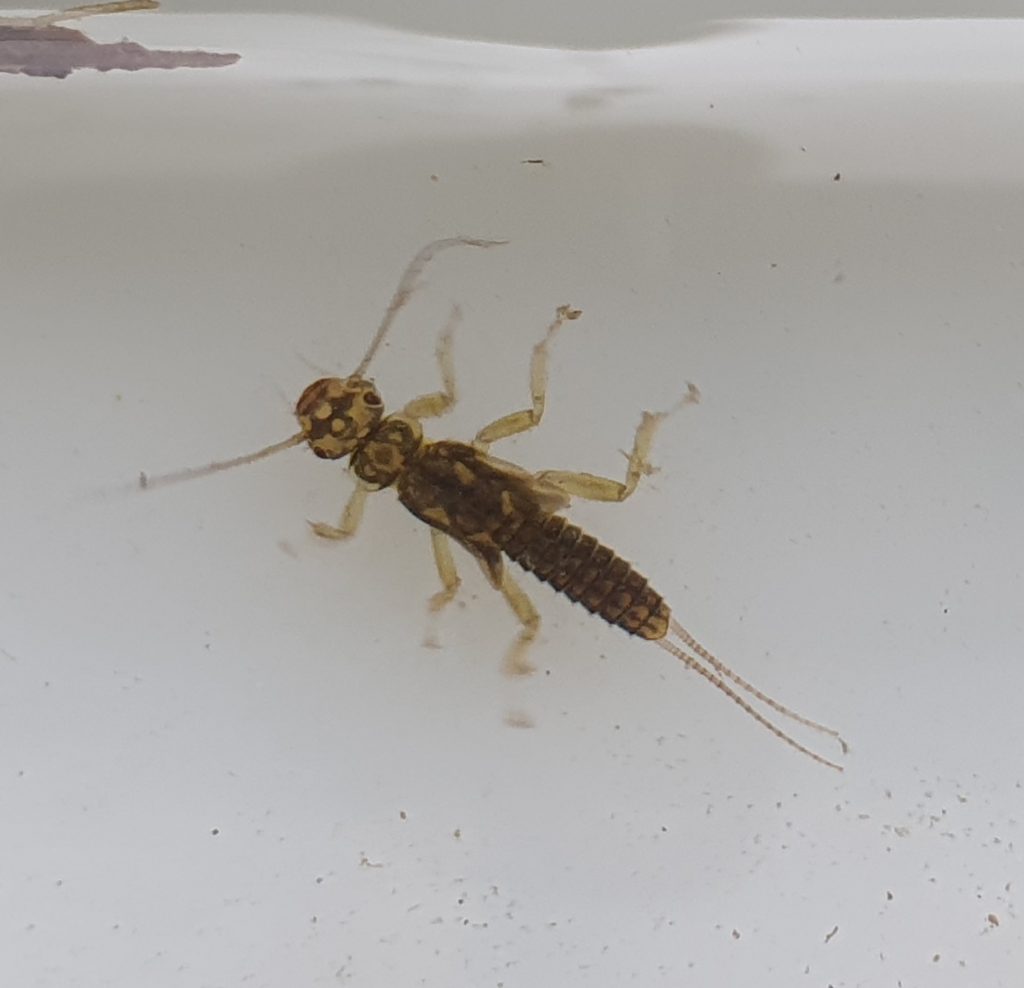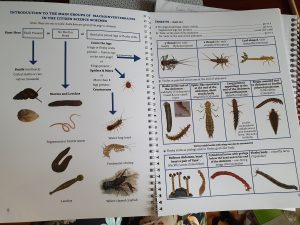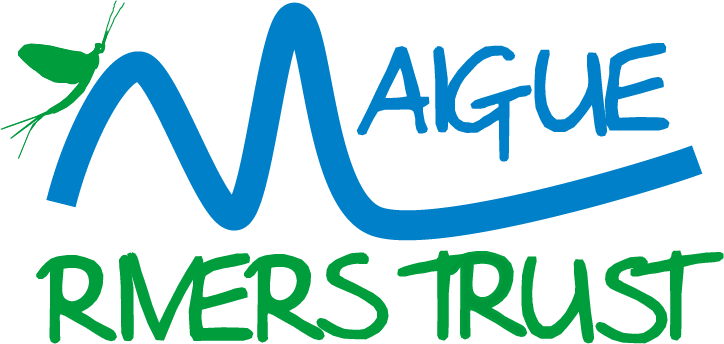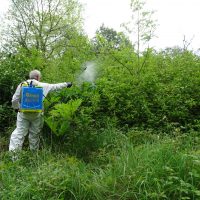On the 5th June, the Maigue Rivers Trust was delighted to have Dr Mary Kelly-Quinn, lecturer and freshwater research scientist from UCD’s School of Biology and Environmental Science, visit the upper reaches of Loobagh River in Kilfinane to train-the-trainers on how to teach freshwater biomonitoring to citizen scientists. The aim of all of us who care for our waterbodies is to grow the team of people across Ireland who want to monitor the water quality status of our streams and share our findings.
In Ireland, our streams make up around 75% of all water channels and all these streams flow into our rivers, lakes and then estuaries and seas. These streams are extremely valuable and essential but they are vulnerable to pollution and they need to be monitored and protected for the survival and benefit of every living being.
For years scientists all over the world have used the presence and abundance of river fly larvae, snails, worms and crustaceans to monitor water quality. You may ask how does that work, well, many of us have heard of how mayflies have famously short adult lives, i.e. most adult mayflies only live for 2 days when their only purpose is to mate and reproduce, BUT did you know that before the mayfly, caddisfly and stonefly emerge as adults their larvae stage, which is under the water, usually last between 1-3 years when they can undergo 30-50 moults before they develop wings and emerge as an adult. By using the kick-sample technique, i.e. kicking stones along a fast flowing section of water, and using special nets to catch the dislodged insect larvae from stones and plants, citizen scientists can examine the net contents and count the variety and abundance of insect species present. This type of biomonitoring gives a very good indication of water quality as the continuously cleanest water will have a broad variety and healthy abundance of insect species present. Chemical analysis of water is important but it is somewhat limited as it only provides a snapshot in time and results will vary with rainfall and temperature.
Our training day with Dr Kelly-Quinn was made possible because Scoil Pól Principal, Mike O’Hara, very kindly gave us permission to use their science laboratories and Agriculture Science teacher, Claire Birmingham, was part of our group of trainers. We spent the morning looking down microscopes getting familiar identifying species by their appearance, and in the afternoon we were out in a local stream of the Loobagh practicing our sampling and identification skills. We are happy to report the water quality was of good ecological status.
If anyone is interested in finding out more about how to monitor their local stream and would like help from the Maigue Rivers Trust, please get in touch with Liz, our project officer, via email: info@maigueriverstrust.ie or our social media channels @maigueriverstrust and @maiguerivers, we will be delighted to help out.

Our team of citizen scientists. From left to right: Liz Gabbett, Dr Mary Kelly-Quinn, Dr Catherine Dalton, Rhiannon Laubach, Anne Goggin, Nicole Dennehy. Photographer, Donna Weiner.

Dr Kelly-Quinn demonstrating to the group how to take a kick-sample.

Examining the net contents and looking for riverfly larvae, snails and other insect life.



Stonefly larvae have two tails. They are very sensitive to pollution.


The excellent workbook produced by Mary Kelly-Quinn, Jan-Robert Baars, Bryan Kennedy & Fran Igoe. Illustrations by Aoife Quinn.
The Maigue Rivers Trust is funded by the Resilience Pilot Project which in turn is funded through the Local Authority Waters Programme by the Department for Housing, Local Government and Heritage and is managed by The Rivers Trust.








